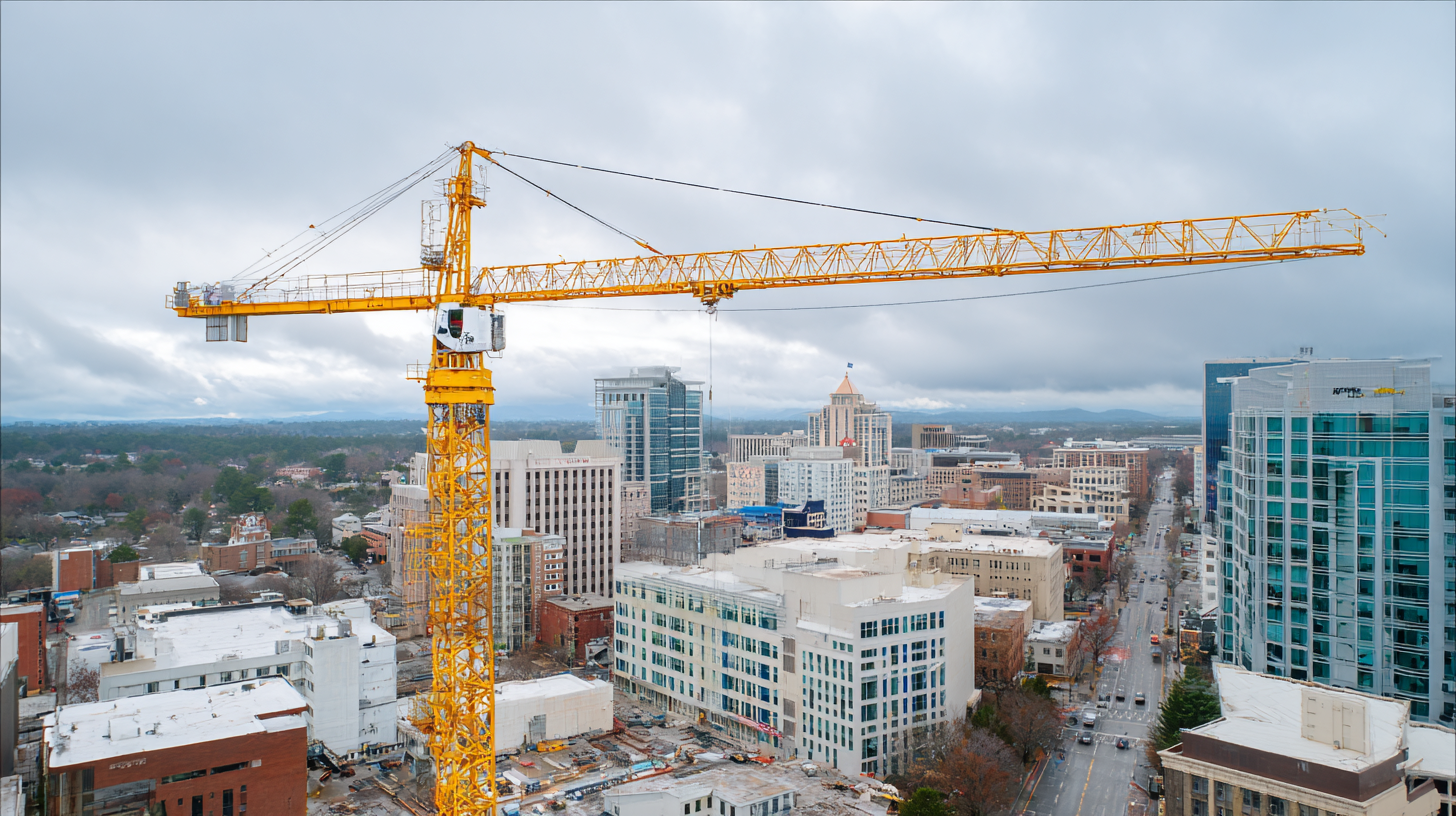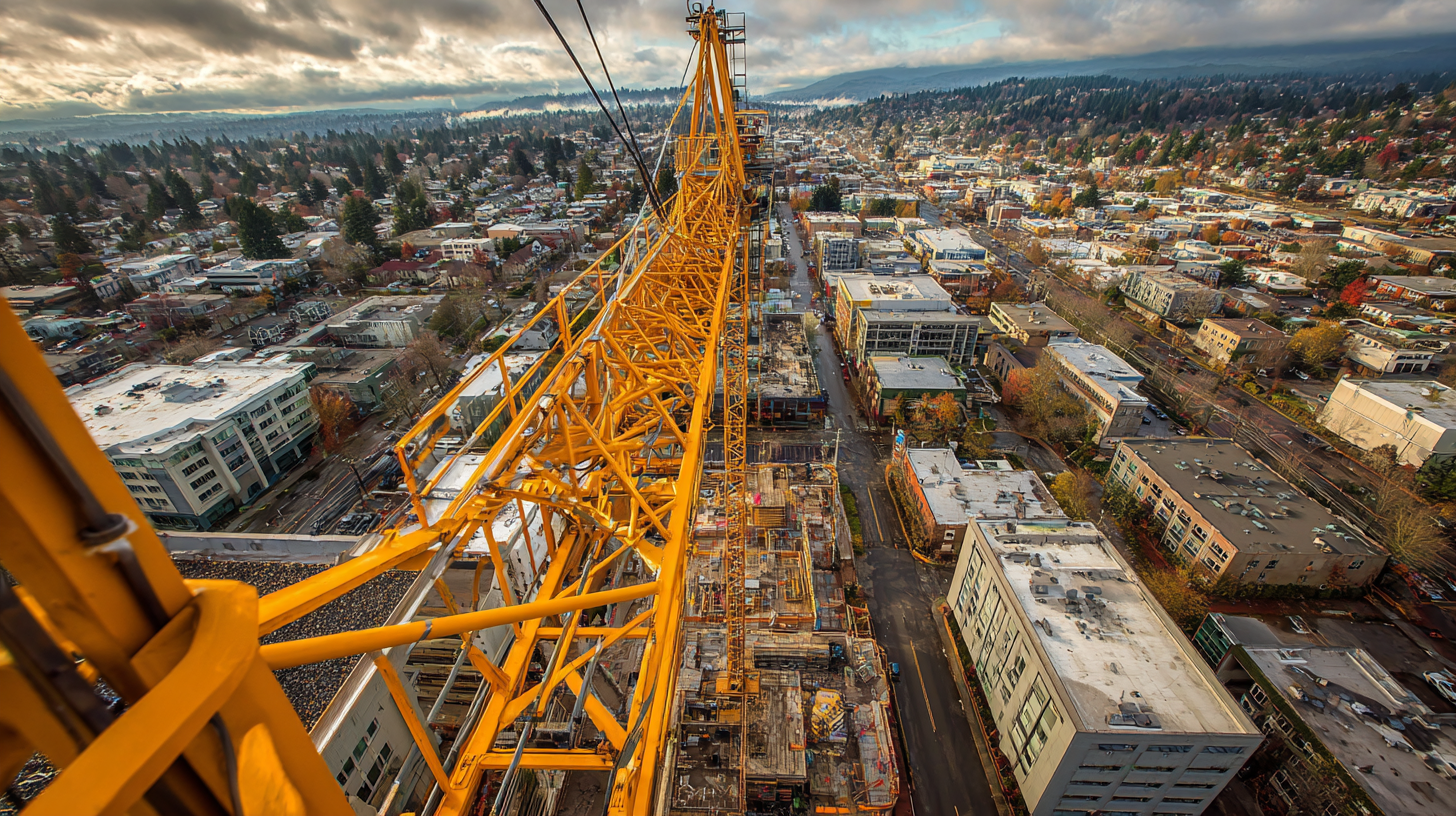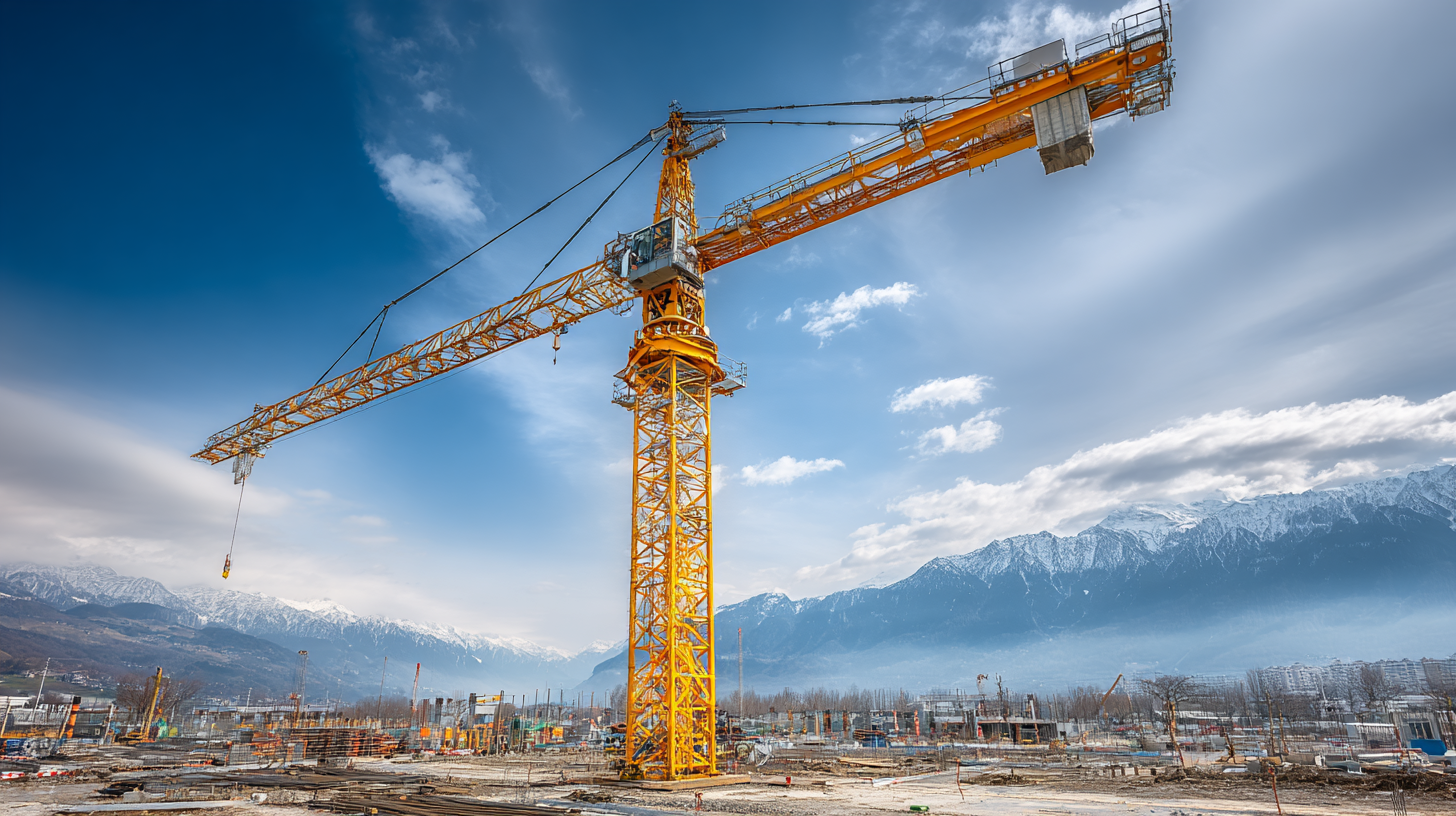In the fast-paced world of construction, maximizing efficiency is crucial for meeting deadlines and staying within budget. One of the most effective strategies to enhance productivity is by leveraging Tower Crane Rental services. These towering machines are not only essential for lifting heavy materials but also play a significant role in streamlining the workflow on construction sites. However, to truly benefit from a Tower Crane Rental, it is important to understand how to select the right crane, utilize it effectively, and ensure seamless integration with your project timeline.

This guide will explore practical tips and strategies to help you make the most of your tower crane rental, ultimately leading to improved efficiency and success on your construction projects. Join us as we delve into the key aspects of optimizing your operations with these powerful tools.
When considering tower crane rentals, understanding the different types available is essential for maximizing efficiency on construction projects. The market is projected to reach USD 22.1 billion by 2030, reflecting the growing demand for these essential machines. Tower cranes are primarily categorized into several types, each tailored for specific job requirements and site conditions. From flat-top to luffing cranes, selecting the right model can enhance overall productivity and streamline workflow.
Flat-top cranes are particularly favored for their versatility and ease of assembly, making them ideal for urban projects with limited space. On the other hand, luffing cranes are perfect for projects requiring height and clearance, as their unique articulating boom allows them to operate effectively in tight areas. Understanding these distinctions not only aids in choosing the right crane type but can significantly impact project timelines and labor costs. With the crane rental market expanding, having this knowledge equips businesses to make informed decisions that lead to successful construction outcomes.

When considering the decision between tower crane rentals and purchasing new equipment, evaluating cost-effectiveness is key. The tower crane rental market is projected to reach USD 22.1 billion by 2030, indicating a growing trend that many companies are opting for rentals to save on capital expenditures. Renting allows businesses to allocate resources efficiently, especially for short-term projects or fluctuating demand.
One tip for maximizing your efficiency with tower crane rentals is to assess your project needs meticulously. Understand the specific requirements of your construction site and choose a crane that fits those needs without over-committing in terms of capacity or features. This targeted approach can help reduce unnecessary costs.
Another helpful tip is to negotiate rental terms effectively. Many firms may not realize the potential for flexibility in rental contracts. Engaging in discussions about pricing or duration can lead to significant savings, allowing your business to manage rental costs more strategically. Always keep your project's timeline and peak workload in mind when securing rental agreements to ensure you have the right equipment at the right time.
When it comes to maximizing job site efficiency, choosing the right tower crane for specific projects is crucial. The selection process begins with a thorough assessment of the project's requirements, including the height, weight, and type of materials to be lifted. For instance, a construction site with substantial vertical challenges may benefit from a taller tower crane with a higher lifting capacity, while a project that involves complex material handling could require a crane boasting advanced maneuverability and reach.
Additionally, understanding the project's timeline and site layout is essential in determining the most effective crane type. A fast-paced construction site where rapid material turnover is necessary might necessitate a high-performance tower crane that can operate efficiently under tight deadlines. On the other hand, a site with limited space might be better suited for a smaller, more compact crane. By aligning the choice of equipment with the unique demands of each project, contractors can significantly boost productivity, reduce idle time, and optimize resource utilization, ultimately leading to a more successful construction process.

The integration of technology in tower crane rentals is revolutionizing the construction industry, making operations more efficient and safer. The anticipated growth of the tower crane rental market, projected to reach USD 22.1 billion by 2030, underscores the increasing reliance on advanced solutions to meet modern construction demands. Digital innovations are facilitating smarter project management, enabling real-time data tracking, and improving coordination among various teams on site.
As smart cities continue to emerge, the emphasis on utilizing digital solutions reflects the necessity of enhancing the quality of life for urban inhabitants. The incorporation of automation in tower cranes over the past two decades has led to significant improvements in material handling and site safety, reducing the incidence of crane-related accidents. By adopting these high-tech approaches, construction businesses can stride confidently into the future, equipped to tackle the challenges of large-scale infrastructure projects while prioritizing safety and efficiency.
This bar chart illustrates the growth in average monthly tower crane rentals from 2019 to 2023, showcasing the increasing reliance on technology and smart solutions in modern construction projects.
In the rapidly evolving construction industry, measuring the performance of
tower crane rentals is essential for maximizing operational efficiency.
Key metrics to consider include utilization rate, which indicates how often the crane is in active use
compared to its availability. As highlighted in recent market reports, the
Tower Crane Rental Market is projected to reach $22.1 billion by 2030,
emphasizing the growing reliance on these crucial assets for urban infrastructure projects.
Understanding and analyzing utilization rates can drive better decision-making regarding rental contracts and project timelines.
Another critical metric is the cost per lift, which helps determine the economic efficiency of crane operations.
With the North American Crane Rental Market expected to hit $14.43 billion by 2033, optimizing costs through effective crane management can
significantly influence overall project budgets.
Additionally, safety metrics should not be neglected, as ensuring safe crane operations has become a fundamental aspect of construction planning.
As congestion increases at major construction sites, leveraging advanced technology for real-time visibility can enhance both safety and efficiency in
tower crane operations.
